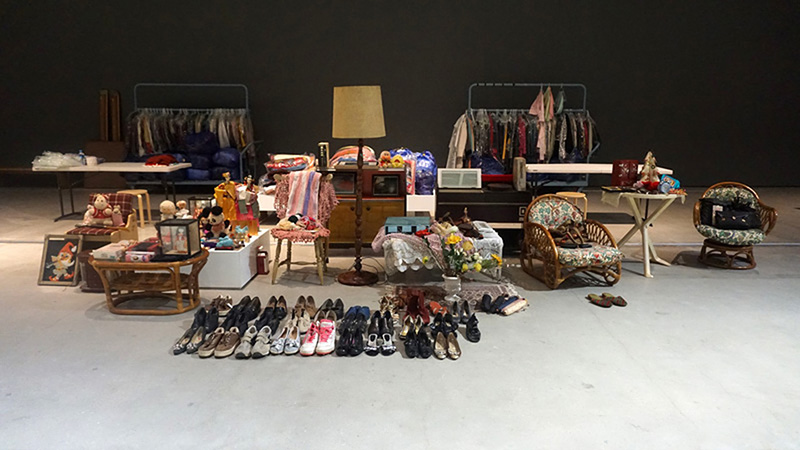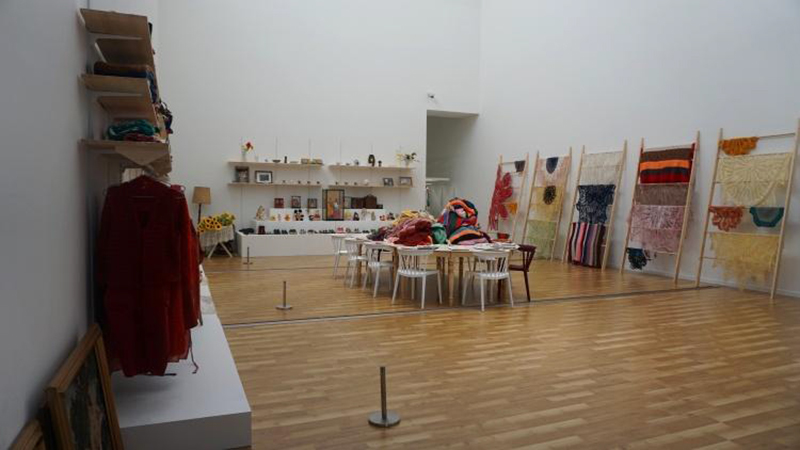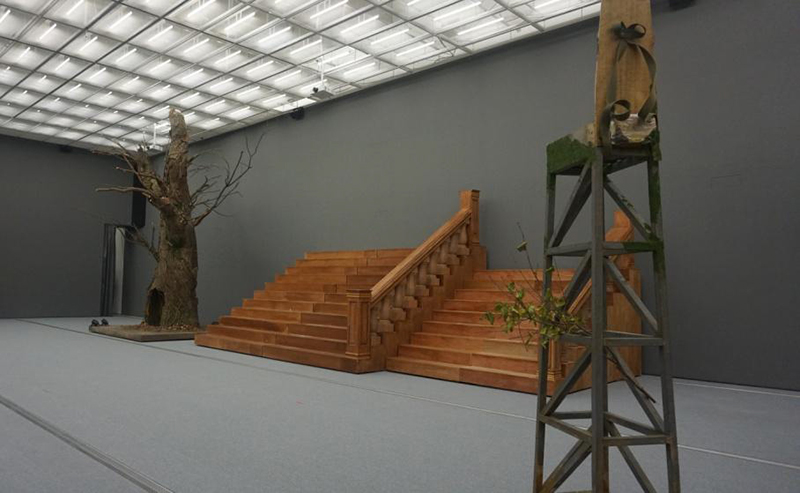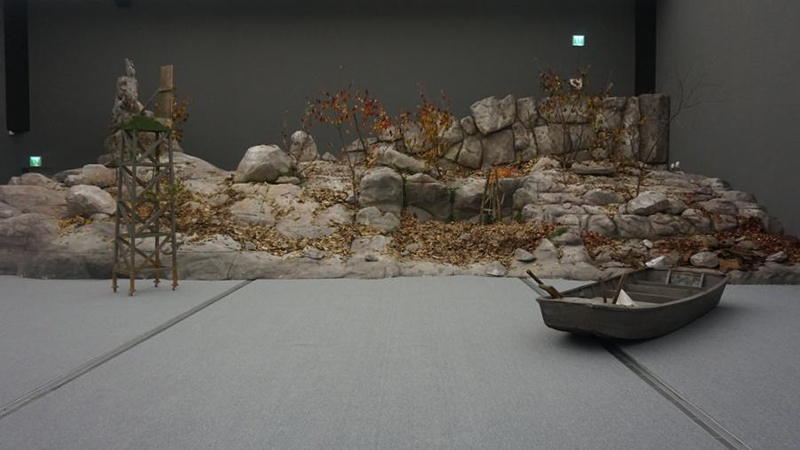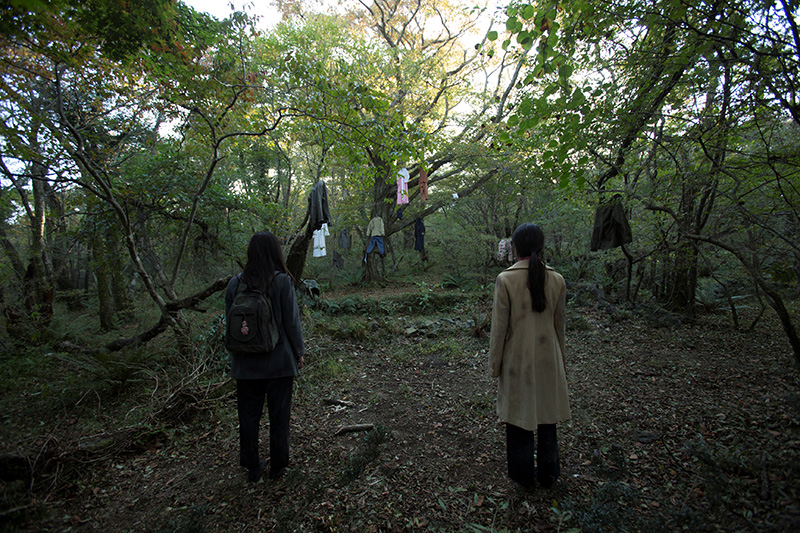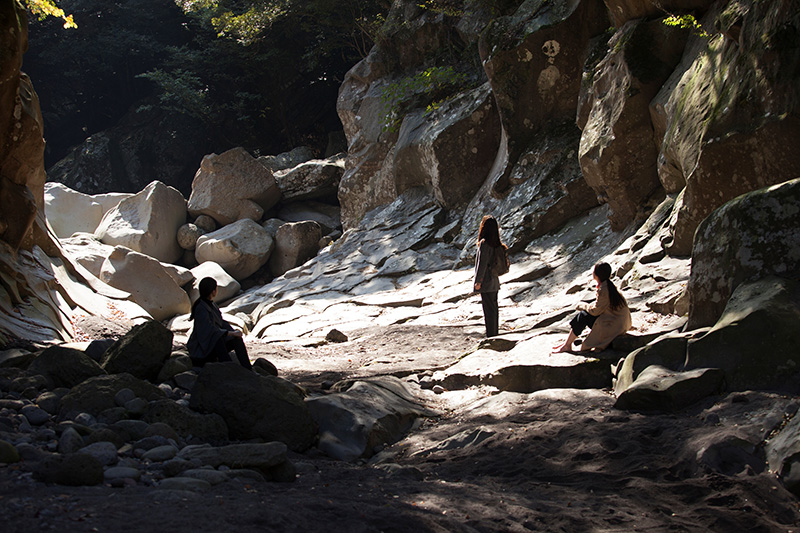ART CITIES:Seoul,Im Heung-soon
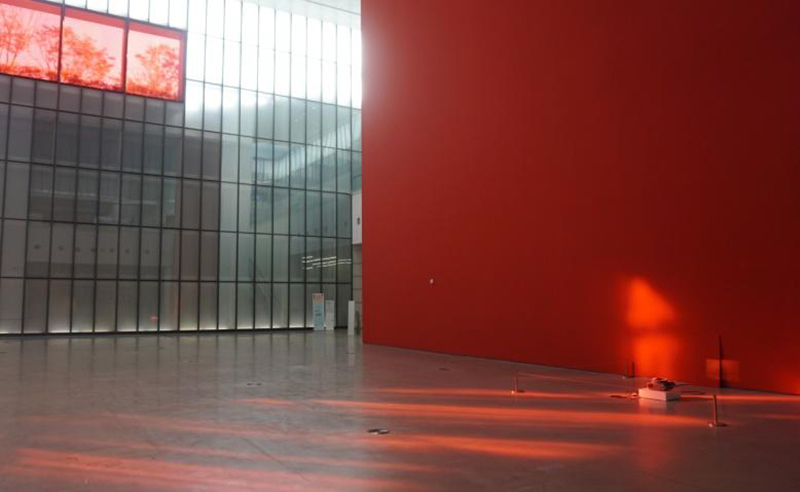 Im Heung-soon is a visual artist and cinema director based in Seoul. Since his early works on his working-class family, he has explored the lives of people who are marginalized in social, political, capitalist, and national contexts. His political yet emotional works are embodied through different visual mediums such as photography, installations, cinema and public art and community art.
Im Heung-soon is a visual artist and cinema director based in Seoul. Since his early works on his working-class family, he has explored the lives of people who are marginalized in social, political, capitalist, and national contexts. His political yet emotional works are embodied through different visual mediums such as photography, installations, cinema and public art and community art.
By Efi Michalarou
Photo: National Museum of Modern & Contemporary Art Seoul Archive
Im Heung-soon in his exhibition “Things that Do Us Part: Belief, Faith, Love, Betrayal, Hatred, Fear, Ghost” looks at how the ideology of division that was established throughout the Japanese colonial rule and Korean War has taken root deeply in the Korean subconscious like a ghost and how it has destroyed the everyday life of ordinary people. This exhibition depicts the life of four women: Jeong Jeong-hwa (1900-1991), Kim Dong-il (1932-2017), Ko Gye-yeon (1932- ), and Lee Jeong-suk (1944- ), in detail through interviews with them and their acquaintances, their keepsakes and belongings, and archives. Im Heung-soon aims to restore these women’s time and experiences, scattered throughout the course of history, to a narrative image centering on the symbolic language of belief, faith, love, betrayal, hatred, fear, and ghost. The artist defines the museum as a wholly new, different space, another world where the living and the dead exist together. In this context, Gallery 5, the main exhibition hall, is a border line as well as an intermediary zone for the living to cross over to the world of the dead. This exhibition employs a completely different methodology of museum exhibition from existing ones; it constantly changes after the opening in order to bring the whole event onto the screen in a full-length film that is to be completed in March 2018. On each visit, viewers are able to watch as the exhibition hall changes over time like a living organism; the artworks, spaces related to the works, and the whole process will be extensively featured in the full-length film. In the Gallery 5 off the museum are on presentation: the “Stairs” that embody an image of the Japanese-styled Western architecture built in Korea during the Japanese colonial rule. This structure reflects the trends of the time and holds significance as a transitional space in multiple ways. Valley: For the characters of the past featured in the film, the mountain was a place of life and nature they had to climb up in order to survive, and it was also a place of death where those who left for the mountain disappeared. The Gate with the Four Heavenly Kings Statues that divides the secular world outside the exhibition hall and the transitional world inside (the film sets). The “Boat”, a medium that signifies the water and the invisible history underneath it and reveals the heavy feelings of sinking. It was the transportation for the main character of the film, Kim Dong-il, in her journey to Japan, and it also served as a venue for fishing, an activity that healed the wounds of Ko Gye-yeon. To the artist, the “Tower” symbolizes the tiresome labor of reality. The death of a worker who felt he could only be heard from the top of a sky-high tower, or the pole his father, also a laborer, used to prop up his jige¸ his A-frame carrier, that resembled the watchtower where the artist himself had to stay awake to defend against the enemy: All these images are wrapped together in one and connected with the hard lives of the featured women. The “Room” an exact recreation of the house in China where the independent activist Lee Dong-ryeong lived. It embodies the provisional government of Korea in China, the independent activists who lived in the house, and the traces of the lives of the displaced. The “Tree”, a symbolic structure that connects the earth & the sky, and the past & the present. It is a medium which implicitly contains stories the artist wishes to tell in the end. The “Moving Photo Studio Handcart” invites the viewers to participate and create a link that connects the older and younger generations. Here, the viewers enter into a space where direct communication with the lives of the old women is made as they take pictures against the backdrop of photos of the women’s rooms. Let’s Write a Poem of the Past Boutique: The clothes and knitted works displayed in the boutique are items left by Kim Dong-il, who passed away in Japan. Let’s Write a Poem of the Past Prop Room named: This place exhibits the props regarding the four women who are featured in the film (fishing gear of Ko Gye-yeon, embroidery of Lee Jeong-suk, reading glasses and a book of Jeong Jeong-hwa, and knitted works of Kim Dong-il) to provide the viewers an opportunity to take a rest and have a moment to think. Scenario Graph: The interview graph over the outer walls of Gallery 5 is used as a draft for scenario of a feature film that will be completed in March next year. It highlights Korean society from various perspectives by creating a chronicle based on the private histories of the four women, the public history of Korea, and nation’s natural environmental symptoms. In Gallery 7 the film “Reincarnation” (2015) is screened through dual channels. On the first screen, a story told by mothers of soldiers killed in the Iran-Iraq War (1980-88) is unraveled, while the women victims of the Vietnam War are portrayed in another screen. The artist’s decision to create this work inspired by the life story of Lee Jeong-suk marked the starting point of the exhibition. In her childhood years, Lee went through the Korean War and then experienced the Vietnam War, performing for the soldiers in Vietnam. Later, she married to an Iranian and lived in Tehran, where she survived the Iran-Iraq War. Though these wars occurred in different eras in different places, the artist found connection in that they reveal the history of Asia, a region that fought against European and American imperialism but yet was ruled by them. Through the perspective of women as victims of war, the artist attempts to redirect the existing narrative of history that only distinguishes the winner and the loser, and the assailant. In this exhibition, the artist attempts to escape from the existing patriarchal, masculine recounting of history and offers a new possibility of writing a different history through art based on his conviction that “when various experiences of individuals come together, a new history is created”. The history of these four women can be found at the heart of this effort.
Info: National Museum of Modern and Contemporary Art Seoul, 30 Samcheong-ro, Sogyeok-dong, Jongno-gu, Seoul, Duration 30/11/17-8/4/18, Days & Hours: Mon-Tue, Thu-Fri & Sun 10:00-18:00, Wed & Sat 10:00-21:00, www.mmca.go.kr
